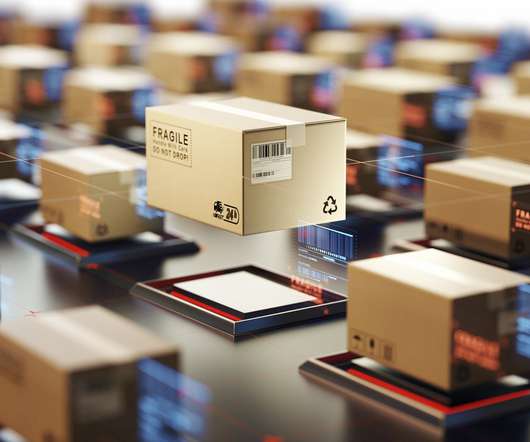What is data architecture? A framework to manage data
CIO Business Intelligence
DECEMBER 20, 2024
Data architecture components A modern data architecture consists of the following components, according to IT consulting firm BMC : Data pipelines. A data pipeline is the process in which data is collected, moved, and refined. It includes data collection, refinement, storage, analysis, and delivery.















Let's personalize your content